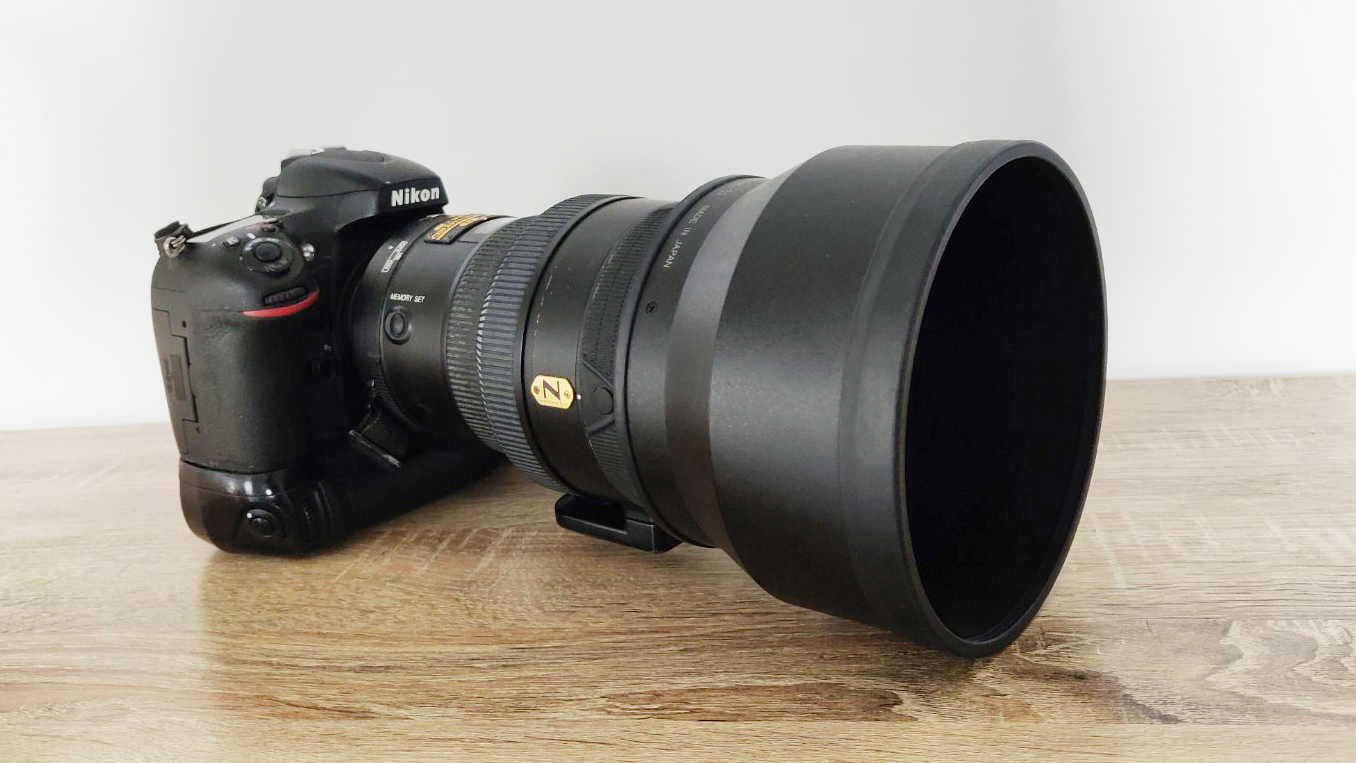Save the Planet: A Singaporean’s Virtual Siphon Toilet Could Solve the Global Water Crisis

In a world obsessed with the next tech unicorn, eShan has his eyes set on a different throne. While millions of gallons of potable water spiral down America’s toilets with each passing minute, this engineering enthusiast is challenging wasteful bathroom practices that have remained virtually unchanged since the Victorian era. Might just be the wake-up call our water-wasting world needs. From Squat Toilets to Silicon Dreams eShan’s journey began in India with humble plumbing: a bucket and a squat toilet, before his career as a systems analyst took him to Singapore in 1992. There, surrounded by towering skyscrapers filled with humans flushing perfectly good water twice daily, he witnessed municipal waste on a staggering scale. “I couldn’t help but notice the irony,” eShan reflects. “We treat water scarcity as a crisis while literally flushing potable water down the drain. It’s like using champagne to wash your car. Why flush so much water and create so much sewage water that requires additional energy and resources to process?” Government solutions like cistern bags proved inadequate, often requiring double flushing. For eShan, these weren’t conservation methods but mere cosmetic fixes on an obsolete system. Urban droughts only reinforced his conviction that our porcelain privilege had become an environmental liability. These experiences would later fuel the narrative tension in his book. The Splashback Moment: Reinventing the Flush The epiphany struck him with clarity: toilets don’t actually need all that water, they just pretend they do. The culprit? The siphon system, an antiquated design that traps water in the bowl to block sewer gases. Clever for its time, but unnecessary with modern plumbing advances. eShan’s alternative, the Virtual Siphon Toilet, promised the same sanitary results with just one-fifth of the water. No more gurgling cisterns. No more flushes heard by the neighbors. This concept would become both the title and central focus of his book. “The toilet hasn’t fundamentally changed in over a century,” eShan explains. “We’ve put people on the Moon but still use potable water to transport waste. It’s perhaps the most overlooked environmental crime of our time.As they say, ‘Necessity is the Mother of Invention,’ and the water crisis certainly created that necessity.” Silicon Valley Shrugs While Water Circles the Drain His practical design met with polite nods from NGOs and tepid interest from green tech executives. When he questioned why any water was needed at all, the response was lukewarm at best. The uncomfortable truth emerged: keeping the water crisis profitable seemed more important than fixing the underlying problem. Undeterred, eShan developed a prototype using 3D printing and filed for a patent, which is currently pending. But success remained elusive. Having already depleted his savings, publishing ten self-funded books, including his 2009 debut “Letter to Future,” he found himself broke and back at his parents’ house in India. The rejection only strengthened his resolve to share his ideas through writing. Filing the patent was essential for posterity, since, as mortals, we need to pass such innovations to the next generation. AI to the Rescue: When Silicon Meets Porcelain The turning point came when eShan discovered Sudowrite, an AI writing assistant designed for fiction authors. Rather than replacing his voice, it revitalized his mission. Within an hour of feeding the AI his Virtual Siphon Toilet concept, he had the framework for a compelling speculative story. “AI didn’t write my story. It helped me find a new way to tell it,” eShan says. “When traditional doors closed, technology opened a window for ideas that deserved to be heard.” His latest Kindle release, “Global Citizens’ Manifesto: Virtual Siphon Toilet” (ASIN: B0D18CTM63), blends satire with science, a climate warning disguised as an underdog narrative. The true villain isn’t a corporation or malevolent AI but something far more insidious: indifference. The book serves as both entertainment and education, using fiction to illuminate factual problems with a dry wit and disruptive imagination that is quickly becoming eShan’s signature style. That same fearless approach shaped his earlier work, Global Citizens’ Manifesto: Happy New Democracy, the inaugural title in the Global Citizens’ Manifesto series. Written under the pen name EShan V, this book expands the conversation beyond climate apathy, turning its attention to the structural limitations of modern democratic systems. It critiques what the author describes as a “Regency Republic”—a globally prevalent, controlled form of governance—and suggests a transition to a more fluid, AI-augmented model of direct dynamic democracy, one that can be “installed” much like an operating system upgrade for society. The Unglamorous Hero in a World of Tech Celebrities While tech figures parade around in hoodies giving TED Talks, eShan comes with debt and determination. As Silicon Valley turned toilets into luxury experiences, he stripped the concept to its essentials, creating a system that works better, costs less, and doesn’t waste potable water. The numbers are sobering: The UN projects global water demand will exceed supply by 40% by 2030. Los Angeles imports most of its water. Americans flush 1.6 gallons per use, equivalent to four Starbucks Venti cups for each bathroom visit. These statistics provide the urgent backdrop for the narrative in “Global Citizens’ Manifesto: Virtual Siphon Toilet.” Fiction as the Last Border for Failed Invention What makes eShan’s method remarkable isn’t just the invention but his refusal to play by conventional rules. No TED stage. No greenwashing campaign. No corporate sponsorship. Just a man, a patent filed, and a narrative powered by AI that imagines something genuinely useful. While Hollywood has long tried to dramatize water wars, eShan bypassed the pitch meetings and went straight to Kindle Direct Publishing. The most surprising part? He maintains his optimism, hoping someone might read his book, connect the dots, and build or fund his solution. “Sometimes fiction can accomplish what technical papers cannot,” eShan notes. “People connect with stories in ways they don’t with specifications and diagrams. That’s why I wrote ‘Virtual Siphon Toilet’ as a narrative rather than just another patent application.” The Quiet Challenge Behind Closed Bathroom Doors Ivy League connections or government grants didn’t propel eShan’s journey. It was fueled by passion and stubbornness, qualities that flourish in those who build solutions without permission. When doors closed, he used AI to find another entry point. He’s not alone. Countless unsung inventors with practical solutions remain buried under bureaucracy, corporate indifference, and flashy “climate tech” with more marketing than substance. eShan’s persistence proves that stories still matter, especially those addressing problems we’d rather not discuss. The Crowdfunding Initiative. For those moved by his story, there’s a way to help turn fiction into function. You can support the development of the Virtual Siphon Toilet by contributing to his crowdfunding campaign here. The Unsexy Solution to an Apocalyptic Problem There’s nothing glamorous about the Virtual Siphon Toilet. No touchscreen. No celebrity endorsement. It works precisely because it’s uncomplicated, perhaps explaining why it’s been overlooked in a culture addicted to spectacle. “The most effective solutions are often the least exciting,” eShan observes. “We’re so busy looking for fancy technology that we miss the straightforward thinking right in front of us.” A Discharged bankrupt author and an AI writing assistant may have outlined a path to save cities from ecological collapse. The tragedy? It might take a viral moment or streaming deal before people take notice. Until then, eShan continues to write and build, hoping that someone finally gets it. When Fiction Flushes Facts Into Public Consciousness Readers of “Virtual Siphon Toilet: Solving the Metro Water Crisis” might be surprised to discover they’re enjoying a book about plumbing. But that’s eShan’s genius, wrapping urgent environmental concerns in an accessible package. The book doesn’t preach; it demonstrates through storytelling how simple changes could address complex problems. eShan’s approach, using fiction to spotlight fact, might just reach audiences that technical journals never could. He now invites creative visionaries from around the globe to explore the opportunity to adapt his AI-crafted script for the Virtual Siphon Toilet into a film in any language of their choice. This innovative narrative, ripe for cinematic interpretation, offers a unique premise that can resonate with diverse audiences. Additionally, he invites publishers around the world to consider translating the Global Citizens’ Manifesto series into any language, helping to spread its vital message of unity and action worldwide. Join him in bringing these transformative stories to life and making them accessible to all. If the future belongs to those solving unglamorous problems in practical ways, we’ve already met one of its unlikely heroes. And if we choose to ignore the cause, which is water wastage? Well, we’ll all be flushing our future down the drain, one perfectly good bucket of water at a time. Perhaps it’s time to put down that bamboo toothbrush, pick up this book and rethink what real environmental action looks like. The author, eShan, can be contacted via email at newfatherofsg@gmail.com.


















